What Is A Dc Pension Plan?
Key Takeaway:
- A DC pension plan is a retirement plan in which employees contribute a set amount of money into their individual accounts, which is then invested and used to fund their retirement.
- DC pension plans offer flexibility in investment options, with employees having the ability to choose from various investment strategies and adjust their contributions based on their individual needs and goals.
- However, DC pension plans also come with risks, as the ultimate retirement income is impacted by investment performance and contributions may not be guaranteed. It is important to understand the features, advantages, and disadvantages of DC pension plans when considering retirement savings options.
Are you looking for ways to secure your financial future? A DC (defined contribution) pension plan can provide the financial stability you need. Learn how to make the most of this innovative retirement savings option. You deserve a comfortable retirement!
Understanding DC Pension Plan
DC Pension Plan – The Basics
A DC Pension Plan is a retirement savings plan, wherein the employer and the employee contribute a pre-determined amount regularly. The final payout amount depends on the contributions made by both parties, and the returns generated on that investment. The plan’s contribution and investment decisions are made by the employee, and the payout is made in the form of an annuity or a lump sum payment upon retirement.
DC Pension Plan – Investment Choices
DC Pension Plans offer a range of investment choices, such as mutual funds, exchange-traded funds (ETFs), and other approved securities, allowing the employee to choose from varied investment portfolios. Each portfolio varies in terms of its risk and return proposition, catering to different profiles of investors.
DC Pension Plan – Tax Benefits
Contributions made to the DC Pension Plan are tax-deferred, that is, income tax on the contribution is deferred until the funds are withdrawn upon retirement. Any gains made from investments within the plan are also tax-free until the time of withdrawal. If you are wondering what is the pension plan, this article provides helpful information.
Pro Tip: It is essential to review your investments periodically, making changes as warranted, and keeping track of the plan’s performance to ensure maximum benefits at retirement.
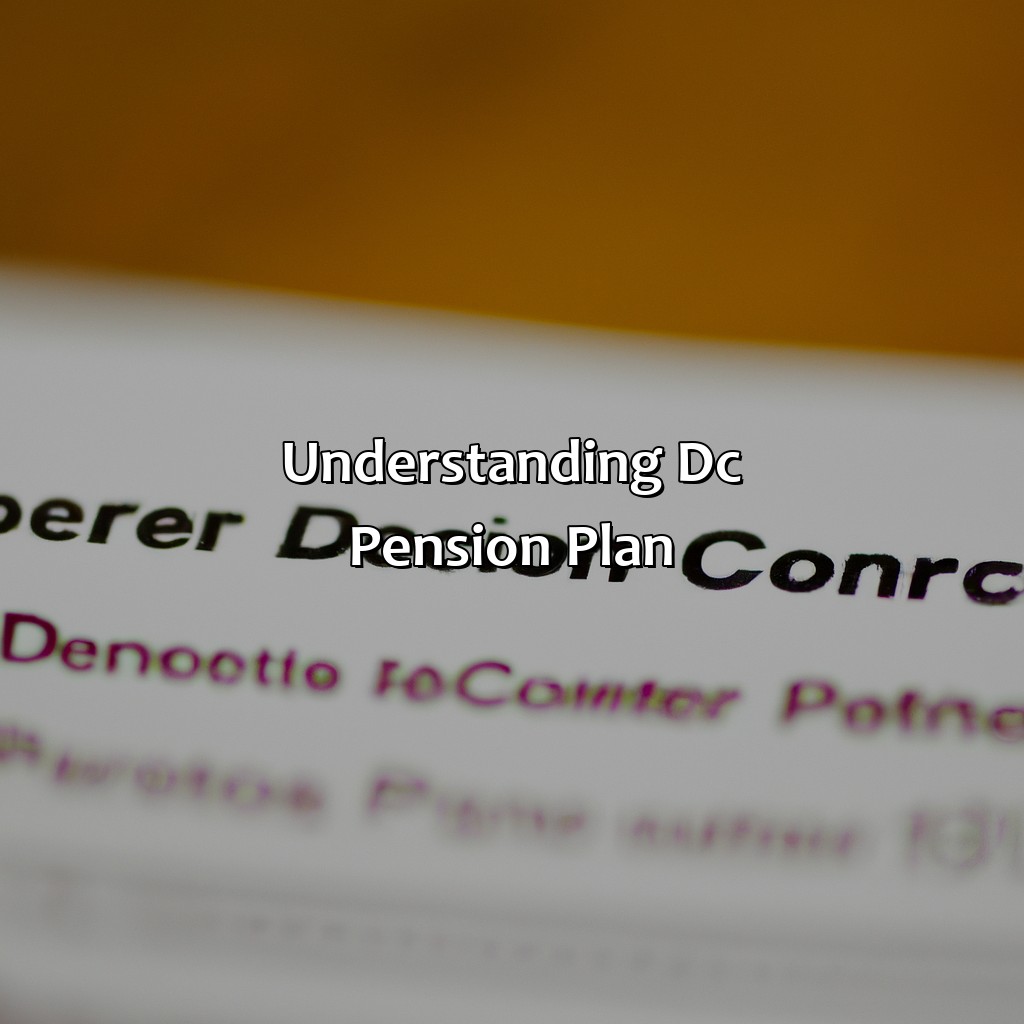
Image credits: retiregenz.com by James Washington
Definition and Explanation
In the world of pensions and retirement savings, a DC Pension Plan refers to a Defined Contribution Pension Plan. This is a type of pension plan wherein the employer and employee both contribute to a retirement savings account. The amount of funds available at retirement is dependent on how much money has been contributed, investment performance and fees charged. Unlike a traditional defined benefit plan, the retirement income in a DC plan is not guaranteed.
These plans have become popular as employers seek more cost-effective means of providing retirement benefits to their employees. They allow employees to have more control over their retirement savings and investment choices. The plan sponsor does not have to assume the risk of funding the retirement benefits and the employee can take the balance as a lump sum or transfer it to an annuity at retirement. If you’re wondering what is a non-qualified pension plan, this helpful guide can provide more information.
It is important to note that the onus is on the employee to save for their retirement, to maximize their contributions and make wise investment decisions. In the event that the account does not perform well or the fees charged are too high, it can impact the level of retirement benefits available. Understanding what a registered pension plan Canada is can be helpful in making informed decisions about retirement savings.
A recent analysis showed that the overall pension deficit across the largest 56 UK defined benefit pension schemes remains around 44bn. This highlights the shift away from schemes that guarantee a set level of retirement benefits. Employers and employees are increasingly turning to DC plans for their potential benefits of cost-effectiveness and more control over retirement savings.

Image credits: retiregenz.com by David Duncun
Features and Characteristics
Let’s analyze DC pension plans more in-depth. Contributions are a key part of your retirement savings. Investment strategies decide where your funds go. When you retire, the income you get is based on the account balance.
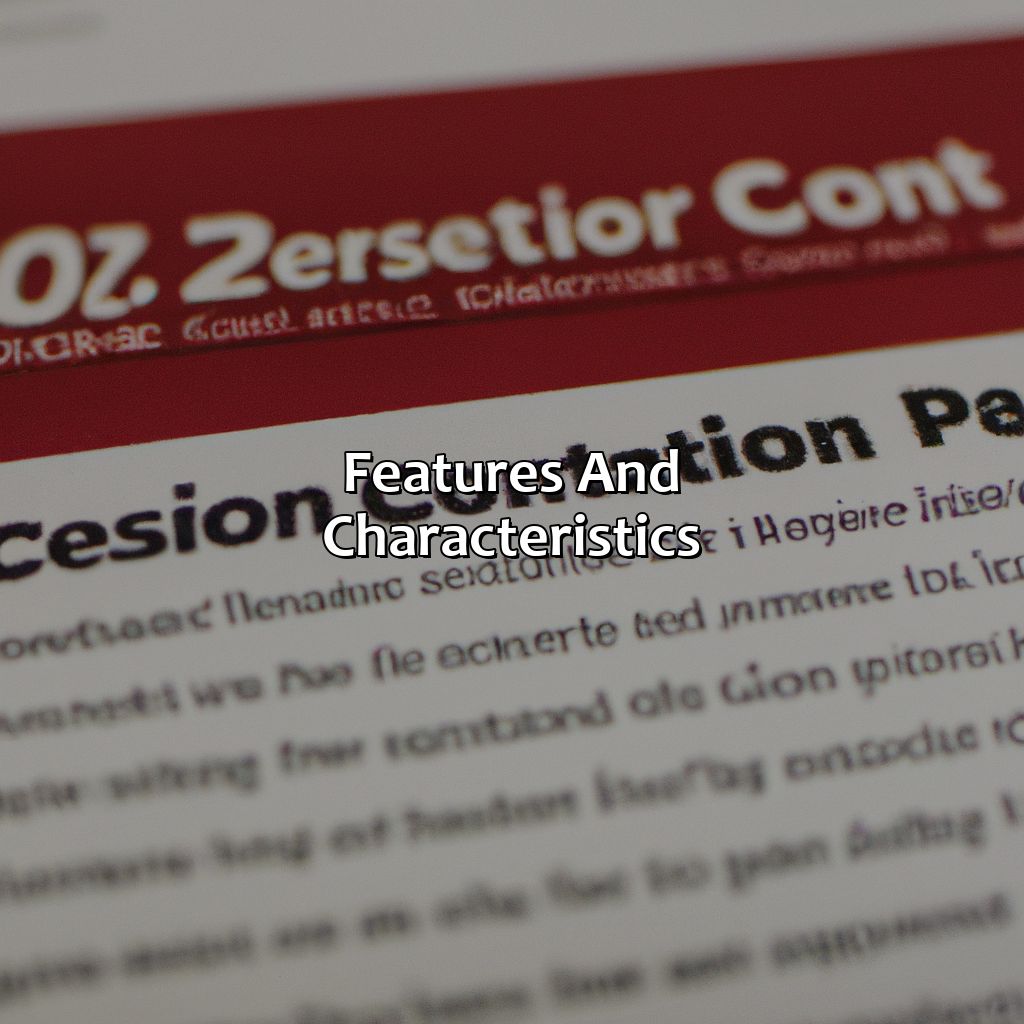
Image credits: retiregenz.com by Harry Woodhock
Contributions
When it comes to a Defined Contribution Pension Plan, one of the most important aspects to consider is the investment contributions. Here are some key points about these contributions:
- Employees typically make regular and consistent contributions from their salary.
- Employers can also contribute, matching a certain percentage of what each employee contributes or contributing a flat amount.
- Contributions usually go towards investments such as stocks, bonds, and mutual funds which help increase the value of the plan over time.
It is crucial to understand that investment contributions can fluctuate over time based on various factors such as inflation rates or economic conditions. Therefore, employees should always stay up-to-date with their pension plan provider’s policies and performance.
One interesting note about these plans is that they allow for portability. Members switching employers may transfer their plan assets and continue accumulation under their new employer’s plan if applicable. Learn more about nonqualified pension plans and how they work.
A real-life example illustrates the importance of regularly reviewing one’s pension plan contribution amounts. A man named Tom withdrew his entire DC pension plan amount upon retirement, even though he had not contributed to the account in four years. As a result, he missed out on significant growth of his investment due to market returns from those four years. It emphasizes just how big an impact consistent contributions can have on optimizing funding for your future retirement.
Learn more about the 501(c)(18)(D) pension plan and how it can benefit you.
Who needs a crystal ball when you’ve got investment strategies that are more unpredictable than the weather?
Investment Strategies
Maximizing Return on Investment in a DC pension plan requires effective investment strategies that align with long-term retirement goals. Diversification of assets, periodic portfolio rebalancing, and asset allocation are popular strategies used to manage risk and increase returns. Asset allocation is important because it ensures investments match retirement investment objectives. Rebalancing regularly reduces the impact of sudden changes in market prices, keeping the investment on track towards meeting its goals.
Effective use of these strategies can be advantageous to participants’ investment outcomes. However, each strategy carries inherent benefits and risks and should be used selectively based on personal objectives. The “set and forget” approach may negatively affect the participant’s financial outcomes; hence, it is imperative that individuals pay close attention to their portfolios.
Participants should pursue low cost options since fees erode gains over time. Participants should also monitor their investments regularly and adjust when needed while adhering closely to their retirement investment objectives. By consistently following this approach, participants can maximize their chances of achieving their retirement goals.
Retirement is the time when you finally get to spend all the money you saved by not having a life.
Retirement Income
When discussing future financial stability, planning for one’s retirement income is a significant component. Retirement income streams can come in various forms such as company pensions, annuities or even investment portfolios.
A popular retirement income option is a defined contribution (DC) pension plan where employees contribute to their pension fund via regular payroll deductions, and the employer may also contribute funds to match the employee’s contributions. The accumulated funds are invested in various stocks and bonds to generate earnings over time. Learn more about defined contribution pension plan.
DC pension plans provide greater flexibility than traditional defined benefit plans by allowing employees greater control over their funds upon retirement. Upon retiring, the accumulated funds can be used to purchase an annuity, which provides regular income payments throughout the individual’s lifetime, or opting for a lump-sum payout as their final retirement package.
One point to note is that the DC plan often has higher administration fees since individuals have more control and responsibility over their funds than with defined benefit plans. Moreover, the returns on investments within the plan are usually linked with uncontrollable market fluctuations.
The Tax Reform Act of 1978 saw for-profit businesses gradually abandoning traditional pension schemes for DC plans methods, thus giving rise to modern-day 401(k)s now omnipresent among U.S employees earning a salaried wage or qualifying salary wages at large employers.
Why settle for one type of DC pension plan when you can mix and match like a retirement investment buffet?
Types of DC Pension Plans
DC Pension Plans: A Breakdown of Different Varieties
DC Pension Plans, also known as Defined Contribution Pension Plans, are retirement savings plans that require employees and employers to contribute set amounts of money each paycheck. This money is invested, and the balance grows over time until an employee reaches retirement age and begins withdrawing funds. Here is a breakdown of various DC Pension Plan types:
| Type of DC Pension Plan | Description |
|---|---|
| 401(k) | Common in the U.S., employees often choose how their money is invested and employers may match a portion of their contributions. |
| 403(b) | Similar to a 401(k), but offered to employees of certain nonprofit organizations, schools, and universities. |
| 457 | Reserved for government and certain nonprofit employees. |
| Individual Retirement Accounts (IRA) | Can be opened with or without employer contributions. Limits on how much individuals can contribute, but can choose where to invest their funds. |
It’s worth noting that while the contribution limits on these plans may vary, the general concept remains the same across all types. Additionally, employers can choose to offer different types of plans, or multiple types of DC Pension Plans that employees can select from. What is a 414H Pension Plan?
Pro Tip: Before selecting a DC Pension Plan, research the plan carefully to ensure it aligns with your retirement goals and savings needs. It’s always important to make informed decisions when it comes to your future financial wellbeing.
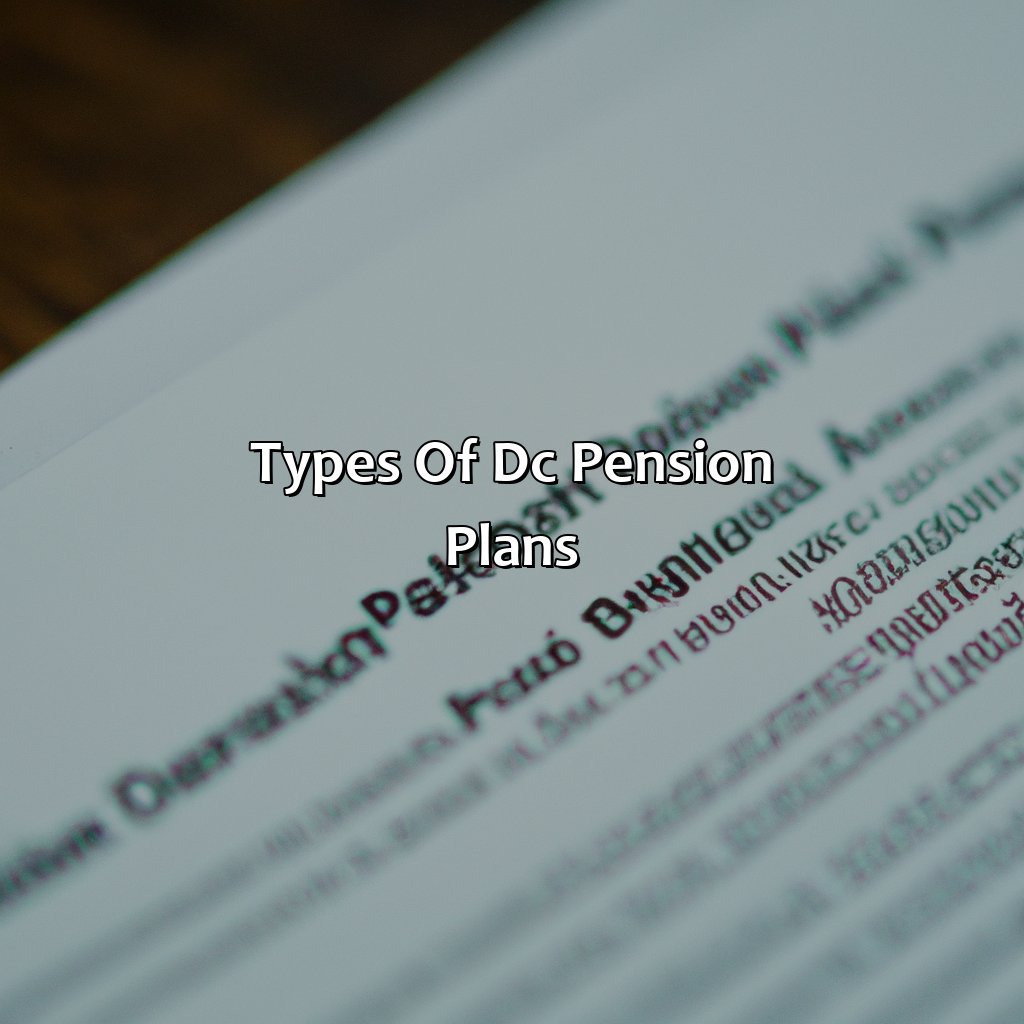
Image credits: retiregenz.com by Adam Arnold
Advantages and Disadvantages
In this section, we will explore the benefits and drawbacks of a DC pension plan, which is a type of retirement savings plan.
- Advantages:
- Provides greater control and flexibility for employees to make their own investment decisions.
- Employer contributions and employee contributions can accumulate over time and grow tax-free until retirement.
- The plan is portable, meaning employees can take it with them when they switch jobs.
- Disadvantages:
- The retirement income is not fixed or guaranteed, as it depends on how well the investments perform.
- Employees bear the investment risk, so they may end up with less money than they expected when they retire.
- The administrative and investment fees associated with DC plans can be high.
It is worth noting that DC pension plans are becoming increasingly popular as more employers move away from traditional pension plans. However, it is important to weigh the advantages and disadvantages carefully before deciding if a DC plan is right for you.
A common concern with DC plans is that employees may not contribute enough or invest their contributions wisely, leading to inadequate savings for retirement. In recent years, some employers have added automatic enrollment and default investment options to help employees stay on track.
Interestingly, DC plans originated as a supplement to traditional pensions in the 1970s, but have since become the primary retirement savings plan for many workers.
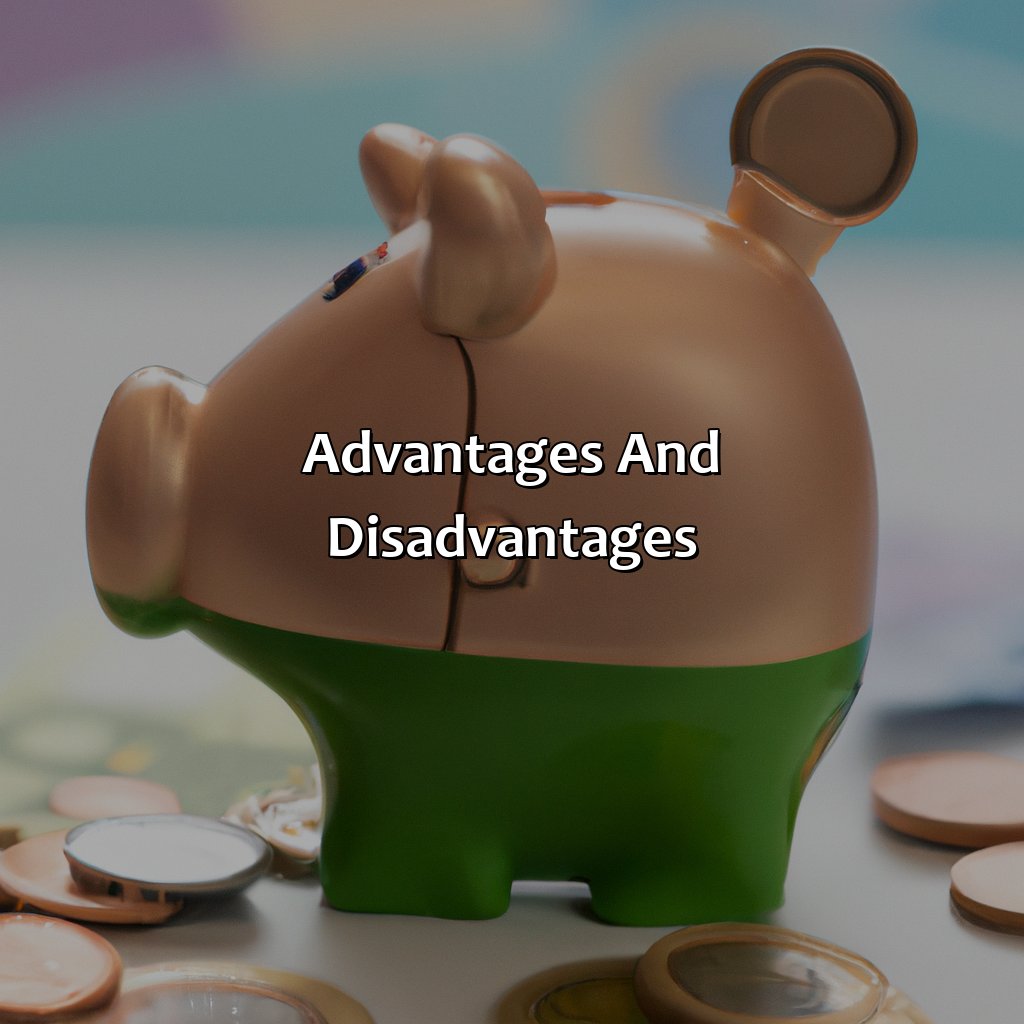
Image credits: retiregenz.com by James Duncun
Comparison with Other Pension Plans
To compare a DC pension plan with other pension plans, we need to consider various factors. Let’s take a closer look at how DC pension plans differ from other available pension plans and what they offer.
| Type of Pension Plan | Contribution | Investment Risk | Guaranteed Benefits |
| Defined Benefit Plan | Typically, the employer contributes | Borne by the employer | Guaranteed by the employer |
| Defined Contribution Plan | Generally, the employee contributes, but the employer may contribute as well | Borne by the employee | Not guaranteed by the employer |
DC pension plans differ from Defined Benefit plans as they have no guaranteed benefits. They are governed by how much an employee and the employer contribute and the performance of investments made in the plan. Therefore, employees are accountable for investment risks and returns.
DC pension plans were introduced as an alternative to Defined Benefit plans, which became expensive and difficult to sustain. With DC pension plans, the employer can offer a pension plan at a lesser cost. Additionally, the employee has control over their savings and investments, leading to increased financial literacy.
Although DC pension plans have many advantages, the responsibility for retirement planning now falls on employees, and sometimes they may lack the required knowledge in investment. Therefore, it is essential to make investment decisions carefully.
DC pension plans have become a popular option among employees, and according to a recent survey, 84% of Fortune 500 companies offer DC pension plans to their employees.
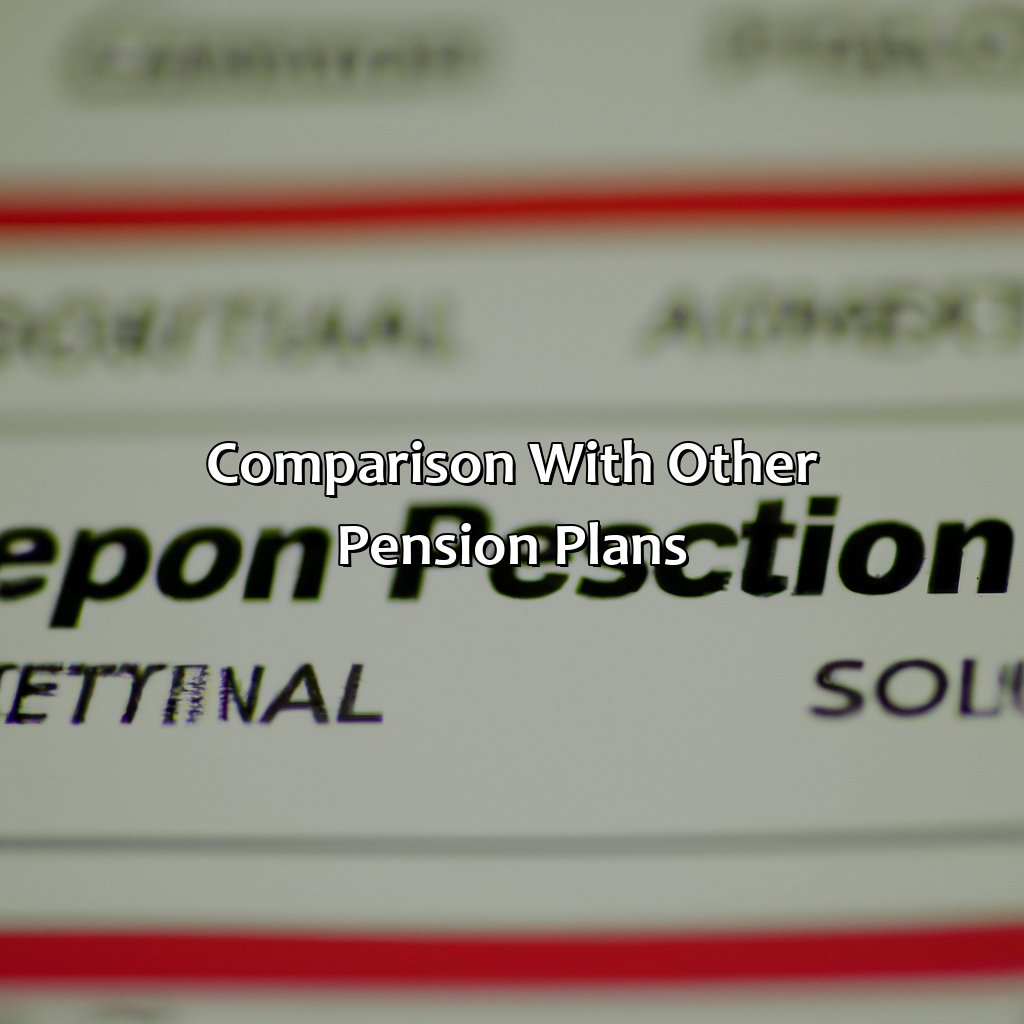
Image credits: retiregenz.com by Joel Washington
Important Considerations
Important Factors to Consider when Choosing a DC Pension Plan
Choosing the right DC pension plan is critical for achieving retirement goals. Factors such as contribution limits, investment options, and fees should be evaluated carefully before making a decision. It is important to look into the plan s investment options and check if they align with your goals and risk tolerance. Keep an eye out for high fees, as they can significantly impact your investments over time.
When selecting a DC pension plan, it is essential to consider the vesting schedule. Look into how long it takes for your contributions to become 100% vested, as this will determine the amount of money you will receive when you leave the company. Another essential factor to consider is if the plan offers loans or hardship withdrawals. While these may seem like convenient options, accessing the funds prematurely can hinder your retirement savings.
It is critical to monitor and review the performance of the DC pension plan regularly. Check for fluctuations in the investment portfolio and other external factors that may affect your investments. Furthermore, it is important to evaluate the plan s service providers and their fees to determine if they are competitive with the market.
In the past, some DC pension plans faced lawsuits for offering costly or poorly performing investment options. These lawsuits highlight the importance of thoroughly researching the plan and the associated costs and fees. It is essential to make an informed decision and pick a plan that meets your retirement goals and aligns with your risk tolerance.

Image credits: retiregenz.com by James Duncun
Some Facts About DC Pension Plans:
- ✅ DC pension plans are retirement savings plans where the employee and/or employer make contributions to an investment portfolio. (Source: Investopedia)
- ✅ The plan holder decides how to invest the contributions, with options such as stocks, bonds, and mutual funds. (Source: U.S. Department of Labor)
- ✅ The amount of money available upon retirement depends on the performance of the investment portfolio. (Source: Pension Rights Center)
- ✅ Unlike traditional pension plans that guarantee a certain level of benefits, DC pension plans place the investment risk on the employee. (Source: The Balance)
- ✅ Contributions to DC pension plans are typically tax-deductible, and some employers offer matching contributions to encourage participation. (Source: Forbes)
FAQs about What Is A Dc Pension Plan?
What is a DC pension plan?
A DC (defined contribution) pension plan is a type of retirement savings plan where an individual and/or their employer regularly contribute money into the plan. The money is invested in various financial products such as stocks, bonds, mutual funds, and ETFs. After retirement, the individual will receive the accumulated savings in the plan, which may include investment gains or losses.
How does a DC pension plan differ from a DB plan?
A DC pension plan is different from a DB (defined benefit) plan because it puts the investment risk on the plan member. In a DB plan, the employer contributes to the plan and promises to pay a certain retirement benefit to their employee. In a DC plan, the retirement benefit is not guaranteed and the individual must manage their own investments.
What are the advantages of a DC pension plan?
One advantage of a DC pension plan is that the individual has control over their retirement savings and can choose how their money is invested. Another advantage is the potential for higher returns on investments if managed effectively. Additionally, DC plans often have lower administration and management costs compared to DB plans.
What are the disadvantages of a DC pension plan?
One disadvantage of a DC pension plan is that the individual takes on all the investment risk and must manage their own investments. If the investments do not perform well, the individual may not have enough retirement savings to support their retirement lifestyle. Additionally, the retirement benefit is not guaranteed, and the amount of money received may be less predictable than in a DB plan.
How much can be contributed to a DC pension plan?
The amount that can be contributed to a DC pension plan varies by plan and by year. The Internal Revenue Service (IRS) sets the contribution limits each year. For 2021, the annual contribution limit for individuals under the age of 50 is $19,500. Individuals age 50 or older can contribute an additional $6,500 in catch-up contributions.
Is a DC pension plan the only type of retirement plan available?
No, there are several types of retirement plans available, including DB plans, individual retirement accounts (IRAs), and 401(k) plans. Each type of plan has its own unique features and benefits. The best plan for an individual depends on their individual financial goals, employment situation, and retirement plans.
